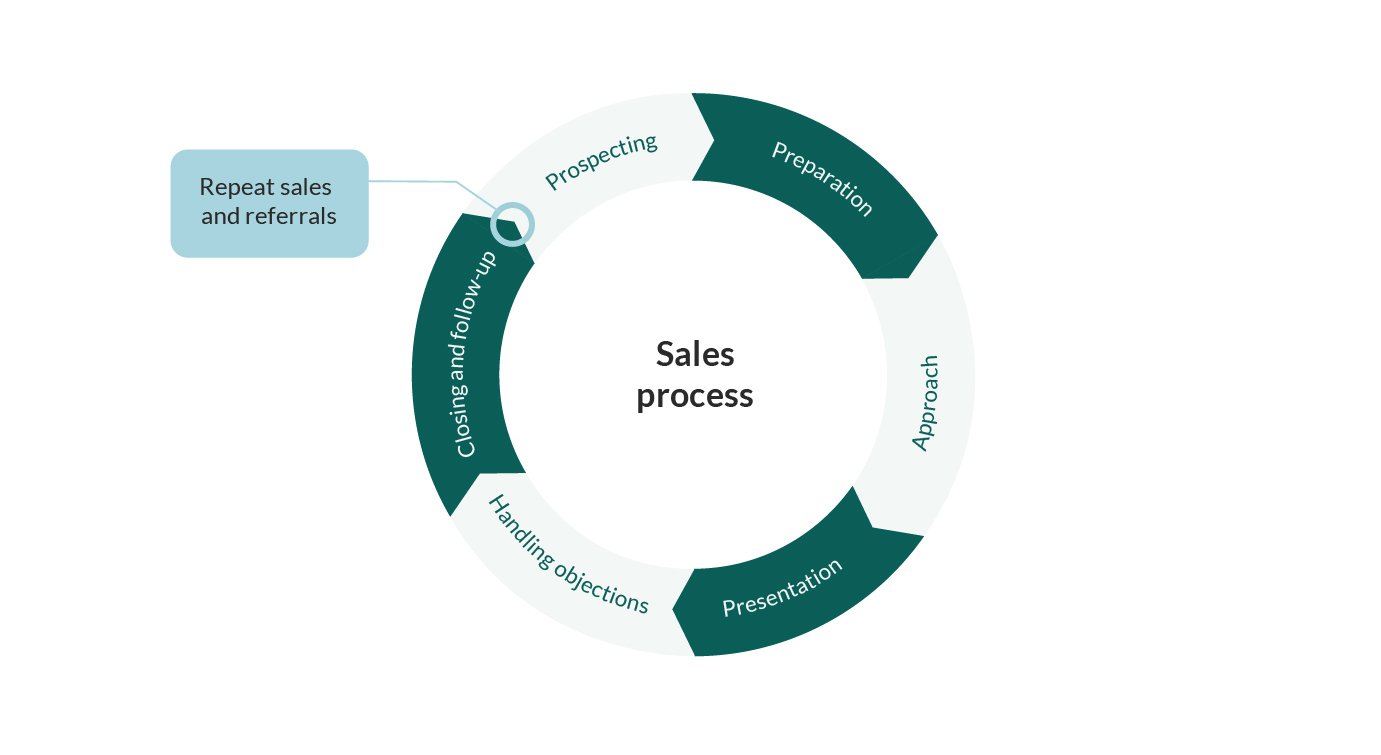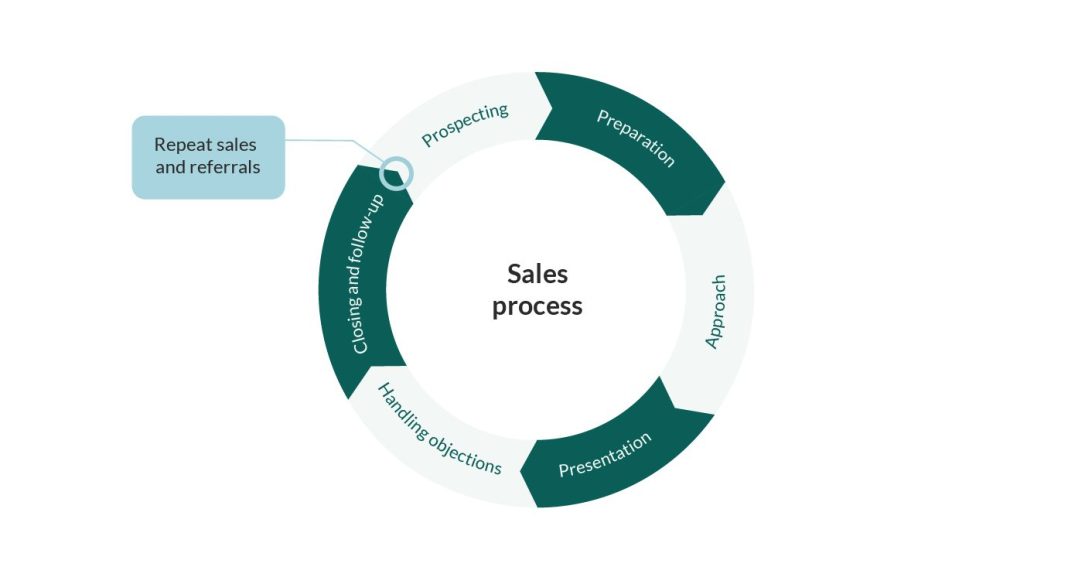
Peloton, the connected fitness company, announced that it has achieved a slight increase in sales for the first time in nine quarters. The company saw a growth of 0.2% during its fiscal fourth quarter, marking its first year-over-year revenue growth since the 2021 holiday quarter. This news comes as a positive sign for the beleaguered company, which has been facing challenges since former CEO Barry McCarthy resigned earlier this year.
Peloton’s focus on profitability over growth is evident in its recent moves. The company has made significant cuts to its marketing and sales spending, while increasing its free cash flow and adjusted EBITDA. These cuts have helped Peloton narrow its quarterly losses from $241.1 million to $30.5 million.
The market has responded positively to Peloton’s performance, with the company’s shares rising more than 15% in morning trading. This is a promising sign for the company, as it looks to recover from its recent struggles.
During the quarter, Peloton’s hardware sales declined by about 4%. However, the company saw a 2.3% increase in subscription revenue, and the gross margin of its connected fitness segment also increased by 1 percentage point. Peloton is also growing its subscription revenue through the secondary market, where people can buy used stationary bikes at a lower cost. Subscription revenue from hardware purchased on the secondary market grew by 16% year over year.
Sales for Peloton’s Tread are also on the rise after the company overcame a costly recall. During the quarter, sales from Peloton’s treadmill portfolio grew by 42% year over year. Additionally, the company’s Bike rental program has seen positive results, with a decrease in net monthly paid subscription churn for rentals.
Peloton’s efforts to improve its financial position have been successful. The company delivered adjusted EBITDA and free cash flow for the second consecutive quarter, something it hadn’t achieved since the height of the COVID-19 pandemic. Peloton generated $70 million of adjusted EBITDA, surpassing analysts’ expectations, and $26 million in free cash flow.
To further strengthen its balance sheet, Peloton completed a massive refinancing of its debt, which pushed out its debt maturities and prevented a liquidity crunch. These improvements have positioned the company for future success.
Looking ahead, Peloton is planning to invest in its hardware and software to enhance the user experience. However, the company’s guidance suggests that these investments may not result in subscriber growth within the fiscal year. This indicates a shift in focus from growth to profitability and free cash flow generation.
To support this shift in focus, Peloton has made cuts to its sales and marketing spending. The company reduced sales and marketing expenses by $25.5 million, or 19% year over year, and plans to continue making reductions throughout fiscal 2025.
Although Peloton’s sales projections for the current quarter are lower than expected, the company is anticipating higher-than-forecast adjusted EBITDA. It expects sales to be between $560 million and $580 million, with adjusted EBITDA ranging from $50 million to $60 million. For the full year, Peloton projects sales between $2.4 billion and $2.5 billion.
Overall, Peloton’s recent performance indicates a promising turnaround for the company. With a renewed focus on profitability and cost management, Peloton is taking steps to strengthen its financial position and deliver value to its shareholders. The market’s positive response to the company’s performance suggests that investors are optimistic about its future prospects.

